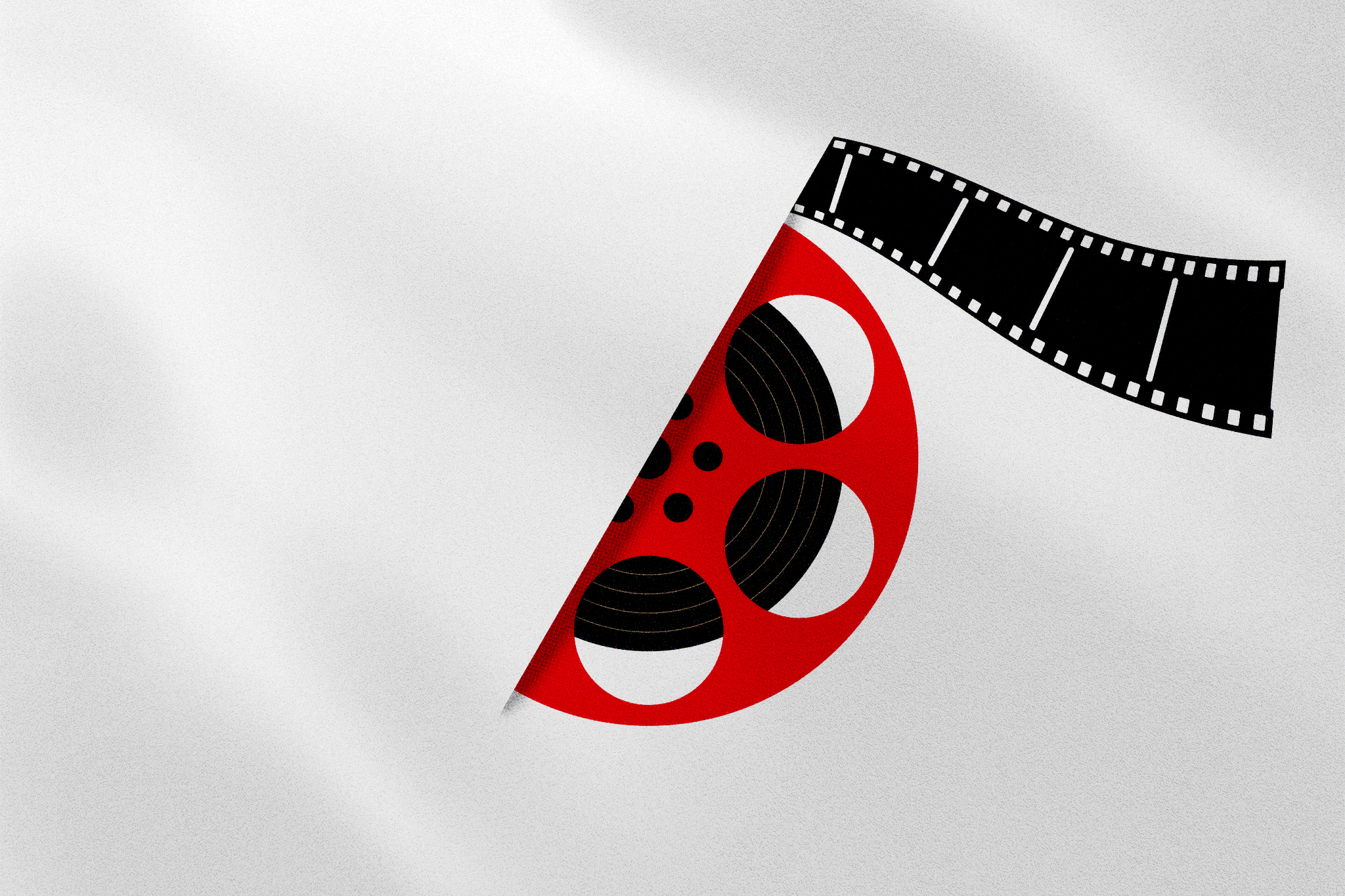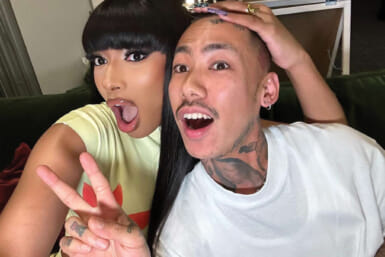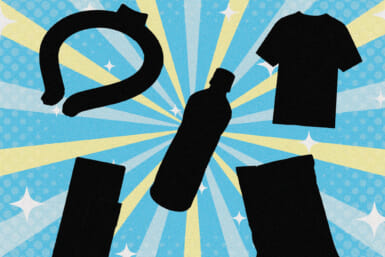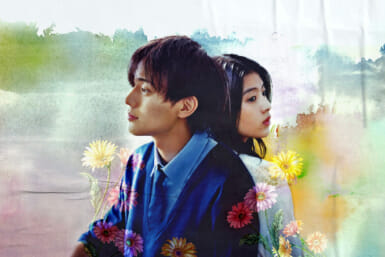In our latest List of 7, we are looking back at Hollywood remakes of Japanese films. It includes a renowned horror flick, a romantic tale, a road movie, a touching story based on a real incident and the most iconic kaiju (giant monsters) ever created. We begin, though, by featuring two classic Westerns.
1.
The Magnificent Seven (John Sturges)
One of the most shown films in American television history and widely regarded as one of the greatest Westerns of all time, The Magnificent Seven was a huge commercial and critical success. The one person that director John Sturges wanted to impress above all others, though, was Akira Kurosawa, the man who made the original, Seven Samurai. Fortunately, he did and even received a ceremonial sword from the legendary Japanese filmmaker. Being complimented by Kurosawa was reportedly Sturges’ proudest moment.
Starring Yul Brynner, Steve McQueen and Charles Bronson, The Magnificent Seven follows the same through line as Kurosawa’s epic with discredited fighters being hired by locals to protect a town from bandits. In Sturges’ film, though, it is gunslingers rather than samurai that are called upon. Antoine Fuqua’s remake of the remake was then released in 2016, featuring the likes of Denzel Washington, Chris Pratt and Ethan Hawke. It received mixed reviews.
2.
A Fistful of Dollars (Sergio Leone)
Another Kurosawa remake, though this one was less amicable than The Magnificent Seven. Speaking of Sergio Leone’s Spaghetti Western A Fistful of Dollars, Kurosawa remarked that the Italian had made “a fine movie, but it was my movie. As Japan is a signatory to the Berne Convention on international copyright, you must pay me.” Toho subsequently filed a lawsuit that was ignored by Leone. It was eventually settled out of court with Toho allegedly receiving over $10,000.
In Leone’s film, a mysterious wandering gunfighter with no name, played by Clint Eastwood, arrives in a small town on the Mexico-U.S. border where he hears about a feud between two powerful families. Attempting to make money, he decides to play the gangs off against each other. Walter Hill’s 1996 flick, Last Man Standing, starring Bruce Willis, is also credited as a remake of Yojimbo. As is John C. Broderick’s The Warrior and the Sorceress.
3.
The Ring (Gore Verbinski)
The first remake of Hideo Nakata’s 1997 cult classic Ring was released just over a year after the original was released. Directed by Kim Dong-bin, The Ring Virus was a joint venture between South Korea and Japan as the former banned cultural imports from Japan at the time. The Hollywood remake then arrived in 2002. Director Gore Verbinski was supposedly reading Haruki Murakami’s surreal novel The Wind-Up Bird Chronicle when DreamWorks approached him about making it.
As with the original, The Ring begins with two teenagers discussing an urban legend about a cursed videotape. It causes whoever watches it to die within seven days, which is what happens to one of the teens. With her other friends also dying in bizarre accidents, journalist Rachel (Naomi Watts) sets off to investigate the mysterious tape. A box-office hit, The Ring paved the way for remakes of other J-horror films such as The Grudge and Dark Water.
4.
Shall We Dance? (Peter Chelsom)
Following the success of Masayuki Suo’s 1996 romantic comedy, Shall We Dance?, which won a record 14 awards at the Japan Academy Film Prize, Miramax decided to make an English version. The original plan was to cast Tom Hanks as the lead, John Clark, before Richard Gere was given the nod. The jewelry worn on set by Susan Sarandon, who played his wife, Beverly, was stolen during filming. It was eventually discovered at a real-life murder scene.
A book about the homicide titled Trophy Kill: The Shall We Dance Murder was released in 2010. The film itself isn’t as dramatic. It’s a romantic comedy-drama about a lawyer who seems to be doing well in life but feels there’s something missing. While returning home on a train, he sees the beautiful Paulina (Jennifer Lopez) standing alone in the window of Miss Mitzi’s Dance Studio. He then immediately signs up for ballroom dancing lessons.
5.
Eight Below (Frank Marshall)
In 1958, a Japanese research expedition in Antarctica was forced to conduct an emergency evacuation. Due to the extreme weather, they had to leave behind 15 Sakhalin huskies who were chained up and provided with only a few days’ worth of food. A rescue team was expected a few days later, but as conditions worsened, that became impossible. Seven dogs died on the chain, while six disappeared. Remarkably, Taro and Jiro survived.
They were discovered alive and well by a new expedition 11 months later. Considered symbols of perseverance and resilience, their story formed the basis of Koreyoshi Kurahara’s tearjerker Antarctica in 1983. It became Japan’s highest grossing domestic film until it was surpassed by Hayao Miyazaki‘s Princess Mononoke 14 years later. In 2006, Disney released an American version, Eight Below, starring Paul Walker. Another popular canine-related Japanese remake is, of course, Hachi: A Dog’s Tale.
6.
The Yellow Handkerchief (Udayan Prasad)
In 1977, Kaori Momoi appeared as Akemi Ogawa in Yoji Yamada’s classic The Yellow Handkerchief alongside fellow leading actors Ken Takakura, Chieko Baisho and Tetsuya Takeda. Thirty-one years later, she featured in the Hollywood remake, though in a much smaller role as a motel owner. The American version stars William Hurt as Brett Hanson, an ex-convict just out of prison. He hitchhikes a ride with troubled teens, Gordy (Eddie Redmayne) and Martine (Kristen Stewart).
To prepare for the part, Hurt spent the night at Louisiana State Penitentiary, a maximum state prison nicknamed the “Alcatraz of the South,” “The Farm” and “The Angola Plantation,” after a former slave plantation that occupied the territory. “I spoke with every member on the row. At least those who would speak to me. I had a three-hour conversation with the man in the next cell. I never saw his face,” recalled Hurt.
7.
Godzilla (Gareth Edwards)
Recognized by the Guinness World Records as “the longest continuously running film franchise” of all time, Ishiro Honda’s movie Godzilla was first released in Japan in 1954. A heavily re-edited, “Americanized” version, that was dubbed in English and had key plot lines removed, came out in 1956. The first official Hollywood remake of the movie was Roland Emmerich’s version in 1998. Starring Matthew Broderick, the kid-friendly film was panned by critics.
Gareth Edwards’ 2014 remake, on the other hand, starring Bryan Cranston, Aaron Taylor-Johnson, Elizabeth Olsen and Ken Watanabe, was much better received. The British director’s intention was for his story to remain as true to the dark original (a post-war allegory about the nuclear fear that engulfed Japan following the atomic attacks on Hiroshima and Nagasaki) as possible. In Edwards’ movie, the meltdown of the fictional Janjira nuclear power plant evokes memories of the 2011 Fukushima nuclear disaster.









